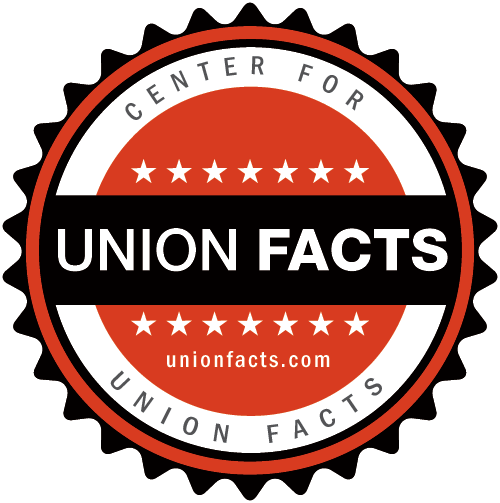Shifting Strategies
In January 2006, UNITE HERE then-president Bruce Raynor reported that 90 percent of the new members his union obtained over the previous year had been gathered through “alternative means” that avoided elections supervised by the government. The AFL-CIO’s organizing director told The Wall Street Journal in August 2005 that at least three times as many workers were unionized through the “card check” method as through traditional secret ballot elections in 2004.
To listen to union officials, it would seem that they are unable to organize new members through NLRB elections. As United Food and Commercial Workers president Joe Hansen explained in a 2006 interview with the Bureau of National Affairs, union officials are turning away from traditional elections because “we can’t win that way anymore.”
But statistics from the NLRB show that in its fiscal year 2005, 94 percent of representation elections were conducted within 56 days, with unions winning 61 percent of certification elections. And while the number of representation elections (including certification and decertification attempts) decreased by 19 percent between 1996 and 2005, the number of elections resulting in union certification actually increased by 2 percent.
Few would complain about winning six of 10elections or increasing the number of elections resulting in certifications, but union organizers aren’t looking for fair elections. They want big numbers and they want them now.
Who can blame them when union membership fell by over 600,000 workers in 2010, according to the Bureau of Labor Statistics. Most union workers (52%) are now employed by government than private businesses.
Here are some telling statistics about current trends in union labor, as prepared by the Heritage Foundation in January 2011
- 14 out of 15 private sector workers are non-union.
- Only 9 percent of non-union employees want to join a union – 81 percent do not.
- Only one in 10 non-union workers want to organize.
Heritage labor analyst James Sherk observed that the fact employees do not want to join a union should not surprise anyone since “changes in the economy and the workplace have made unions less attractive.”
And public opinion polls of union members and non-union workers say organized labor does not benefit their best interests in the workplace:
- A majority of registered voters polled (48 percent) say they would rather not be in a union at their job, given the choice. (FOX News Poll conducted by Anderson Robbins Research (D) and Shaw & Company Research (R) | March 14-16, 2011)
- 80 percent of private and government union employeesagree that workers should have the right to decide whether to join a union and that they should never be forced or coerced to join or pay dues to a union as a condition of employment. (The Word Doctors | October 26-28, 2010)
- By a polling margin of 46-to-42 percent, a majority of registered voters polled have a generally unfavorable opinion of labor unions. (FOX News/Opinion Dynamics Poll | March 31-April 1, 2009)
- 44 percent of adultssurveyed say most working Americans do not want to belong to a labor union. Only 23 percent believe otherwise. (Rasmussen Reports | March 13-14, 2009)
- 81 percent of non-union member adultspolled said they would not like to belong to a labor union where they work. (Rasmussen Reports | March 13-14, 2009)
- 64 percent of workerssay they would prefer their present job to be non-union. (March 2007 Opinion Research Corporation poll)
- Given the opportunity to vote to join a union, a plurality of employees (40.4 percent) said they were “definitely against” joining, while another 17.8 percent said they were “probably against” joining. (August 2006 Zogby poll)
- And given that another 7 percent were “not sure,” that left only about one in three employees who would actually lean toward joining—and even then, those who were “definitely for” joining were the smallest group, at only one in eight. (August 2006 Zogby poll)
- 51 percent of adults nationwide think labor unions mostly hurt workers who are not members of unions. (Gallup Poll | August 7-10, 2006)

